A historical look at how America vilified saturated fat. This post is an indictment of “science” funded by industry, leading to catastrophic health implications.
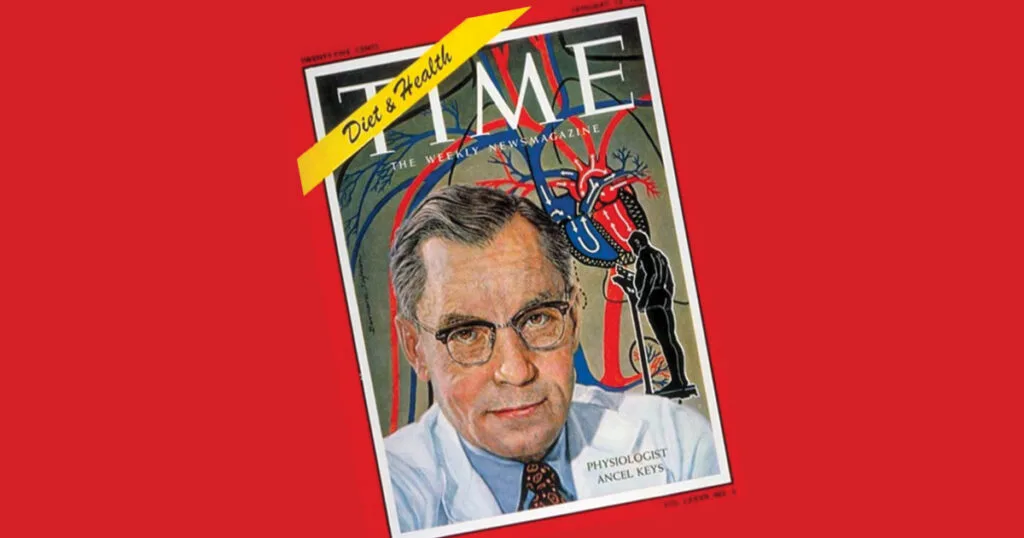
Our story starts with Dwight D Eisenhower: The 34th President of the United States of America from 1953 through 1961.
Just two years after taking office (in 1955) Eisenhower suffered a massive heart attack while playing golf.

The president’s heart attack was a pivotal moment that ushered in the largest obesity epidemic… ever.
I’ll explain.
This is a history lesson on why Americans (in particular) have seen a radical decrease in health, in particular: obesity, heart health, and diabetes.
While playing golf in Colorado, President Eisenhower had what he thought was strong indigestion. However, as the day progressed, his indigestion continued to worsen. After concerns grew, the president was rushed to the hospital.
At Fitzsimons Army Medical Center (in Aurora, Colorado), The president’s indigestion was declared a heart attack.

When news was made public: The stock market plummeted and lost $14 billion in value. Worst single day for markets since the start of WWII. The president was out of the oval office for a total of 10 days.

The Rise of the Heart Attack
Heart attacks among middle-aged American men started to grow in the 1950’s. And the questions were mounting, nobody could figure out why this was happening. The nation was in shock and the public was desperate for answers.
Data we know: During the 1950s – 1960s, cigarette consumption was the highest. It was a very common practice among middle aged men and was highly encouraged in society. Eisenhower was smoking upwards of 4 packs of cigarettes per day!
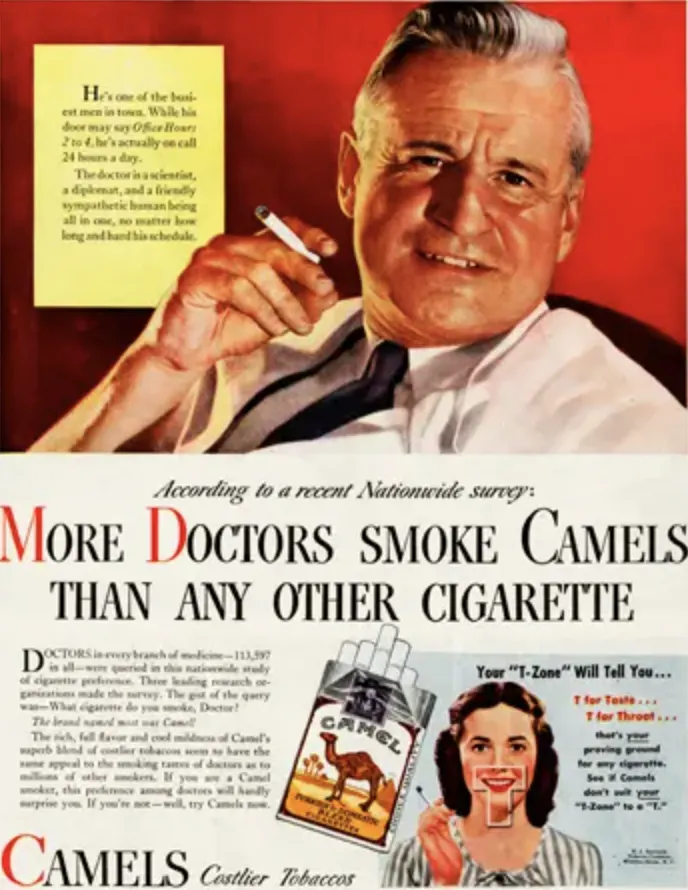
Introducing Ancel Keys
A University of Minnesota Pathologist named Ancel Keys claimed to have the answer. Keys believed that he had found a strong correlation between consuming Saturated Animal Fat and the increased occurrences of heart attacks.
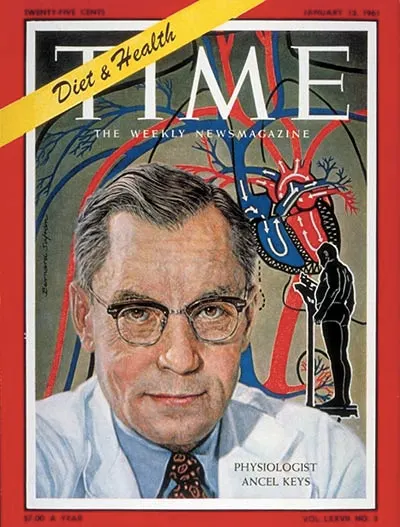
His Belief: Saturated Fat increases LDL Cholesterol and when LDL levels got too high, arteries become encased in plaque which leads to heart disease. All known as Keys’ “Diet Heart” Hypothesis.
Inject Reality
Humans have been eating saturated fat for as long as we have record (either documents or cave paintings)

Ancel Keys HOWEVER blamed ancient foods for the decline of modern health.
Keys Diet Heart Hypothesis
Keys organized a study with his focus on various countries around the world to prove the correlation of saturated fat to heart disease. Keys strategically chose 6 countries to study: US, Canada, Australia, England & Wales, Italy, and Japan.
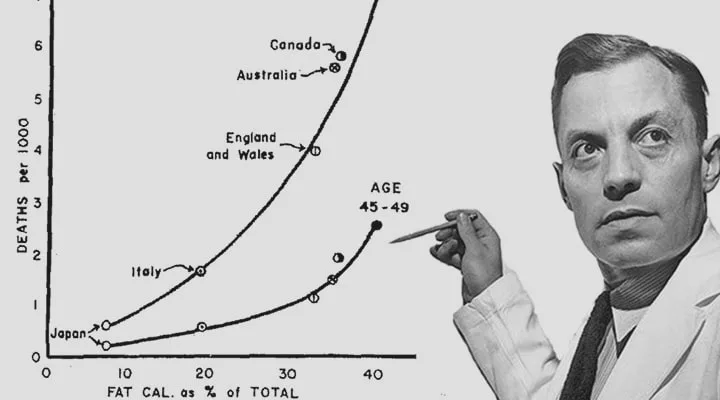
Look at that! An exact linear correlation between Saturated Fat and heart disease.
HOWEVER – there were actually 22 countries worth of data.
Keys cherry-picked 6 countries to show the correlation between Saturated Fat consumption and Heart-Disease related deaths.
Revealing & Troubling Data
When you add in the remaining 15 countries, there’s ZERO correlation. Deceit is powerful, here’s why:
The American public had no idea there were more than 6 countries included in the study. The recommendation became: A LOW FAT DIET WAS IDEAL FOR AMERICANS TO IMPROVE HEART HEALTH – they listened.
Blame Cholesterol
Eisenhower personally implemented Keys’ recommendations and for the United States and beyond —- cholesterol was evil, to be avoided, and would kill you.
However, data proves raising LDL cholesterol from your diet does not induce heart attacks and death.
American Heart Association
Keys was eventually added as a board of the American Heart Association (AHA).
In 1961, the AHA told Americans to cut back on Saturated Fat to prevent heart attacks. This was the first time it was mainstream advice and Americans listened carefully.
UP TILL NOW: Americans consumed almost 50% of their calories from fat and if you look at pictures on a beach in the 1950’s vs today… a story unfolds.


Sugar Industry Impact
The war against saturated fat has many players, let’s talk Harvard for a moment… Over 50 years ago the sugar industry funded a study highlighting how cholesterol and saturated fat were the culprits of heart disease and heavily played down any involvement of sugar. The link to sugar is much stronger but the goal was met by Harvard and big sugar. In fact, here’s a quote from one of the sugar industry employees (Hickson) had: “Let me assure you this is quite what we had in mind and we look forward to its appearance in print” – Vilifying saturated fat in their mind exonerated sugar. Read all about this here.
US Government & Sugar & Fat
In 1977, a select Senate committee recommended eating Low-Fat to combat disease (against scientists’ pleas). Their argument: “We cannot afford to wait for evidence on Saturated Fat.” The senators were warned by scientists, they ignored it. Rare :/
By 1980, the first US Dietary Guidelines were released and the campaign against fat officially began. They recommended 7 – 11 servings of bread everyday and 50-55% of your calories coming from carbohydrates (mostly grains).

Saturated Fat consumption declined to 10%.
Substitutes (Marketing Success)
If you remove the saturated fats, naturally it’s replaced with something else… bu what?
Quickly: sugar and vegetable oils that are naturally low in saturated fat or “fat-free” become the go-to “for health”. Marketing companies spent millions convincing consumers that sugar and vegetable oils were “low-fat” and therefore “healthier” than Fat.

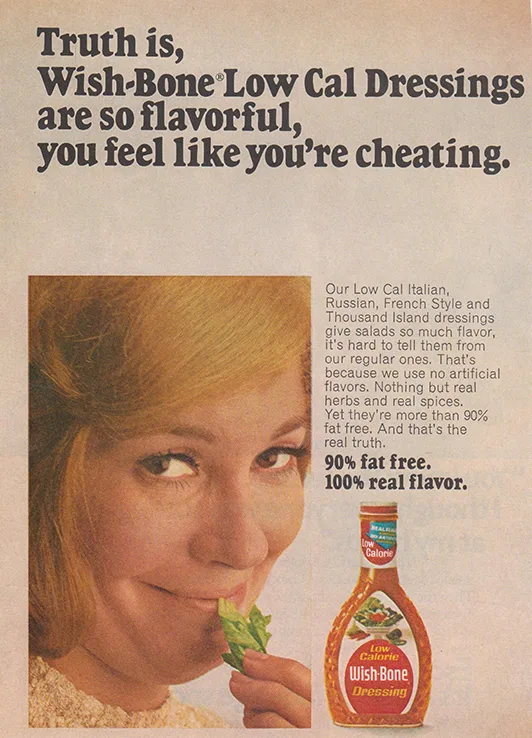
American Heart Association Role w/ Saturated Fat
Food companies also paid hundreds of thousands of dollars to the American Heart Association for their “Heart Healthy” check-off designation. The AHA really cashed in on the bad science.
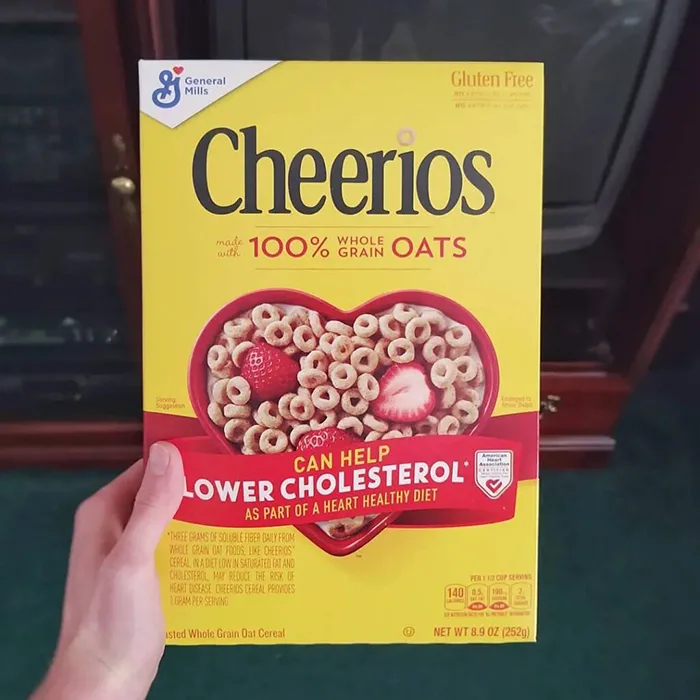
What did Americans do in response to the marketing?
- Cut back on red meat consumption
- Reduced intake of whole milk
- Stopped eating as many eggs
- Reduced butter and replaced it with margarine
- Consumed more sugar
- Consumed more starches & overall carbohydrate intake increased
What was the result of these dramatic dietary changes?
Higher obesity rates. Currently:
- 70% of Adults are overweight or obese
- 10% of all people (34M people) are Diabetic
- 96M Adults (1 in 3) are Pre-Diabetic
- 7 out of 10 modern deaths are chronic diseases (largely preventable by diet and lifestyle changes)
Americans consume over 130 Ibs of sugar per year currently. Here’s the growth of sugar consumption over the years:
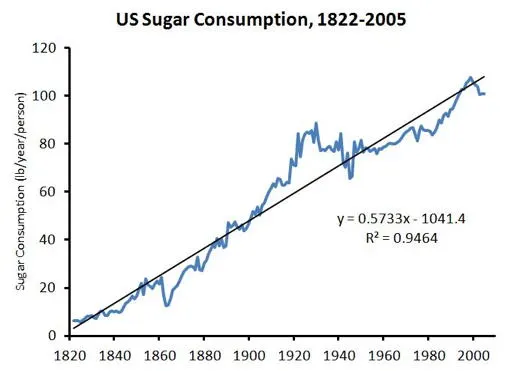
Americans consume over 1,095 tablespoons (4 gallons) of inflammatory Vegetable oils every single year.
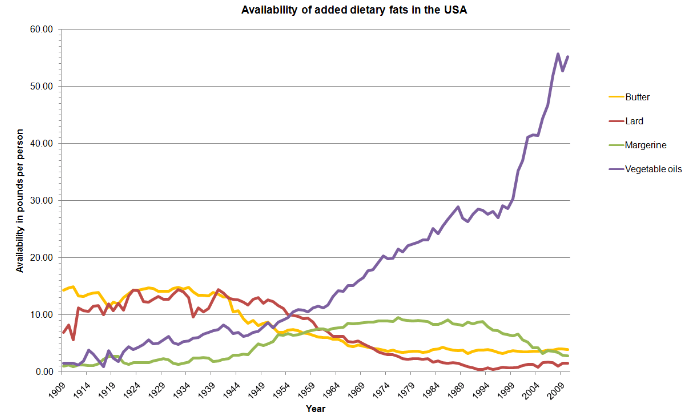
Obvious trends in the growth of obesity since saturated fat consumption decreased and vegetable oil and carbohydrate consumption increased.
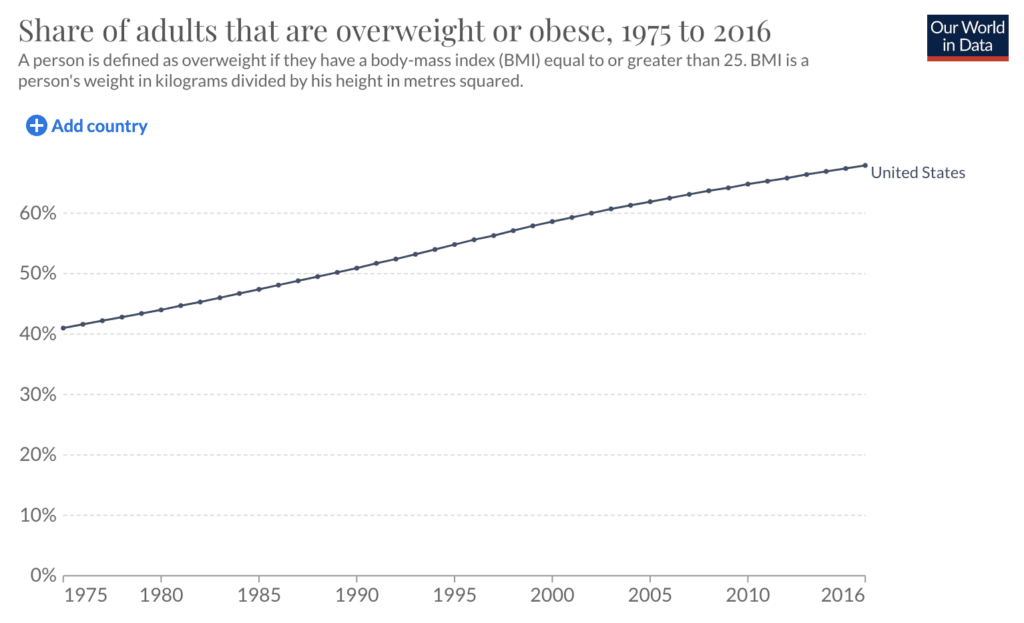
Chronic inflammation is in part caused by the overconsumption of refined sugars, grains, and vegetable oils.
Saturated Fat & US Recommendations
Every single honest metric displays with clarity that Saturated Fat is NOT the culprit for poor health outcomes.
Dietary guidelines in the United States were built off of an unfounded hypothesis. In addition to the bad advice coming out of the 1960’s and beyond, the food pyramid of the early 1990’s isn’t really any better. How much money is at the core of the foundation recommendations found here?
Bread, cereal, and pasta in the amount recommended WILL LEAD TO A DECLINE IN HEART HEALTH.
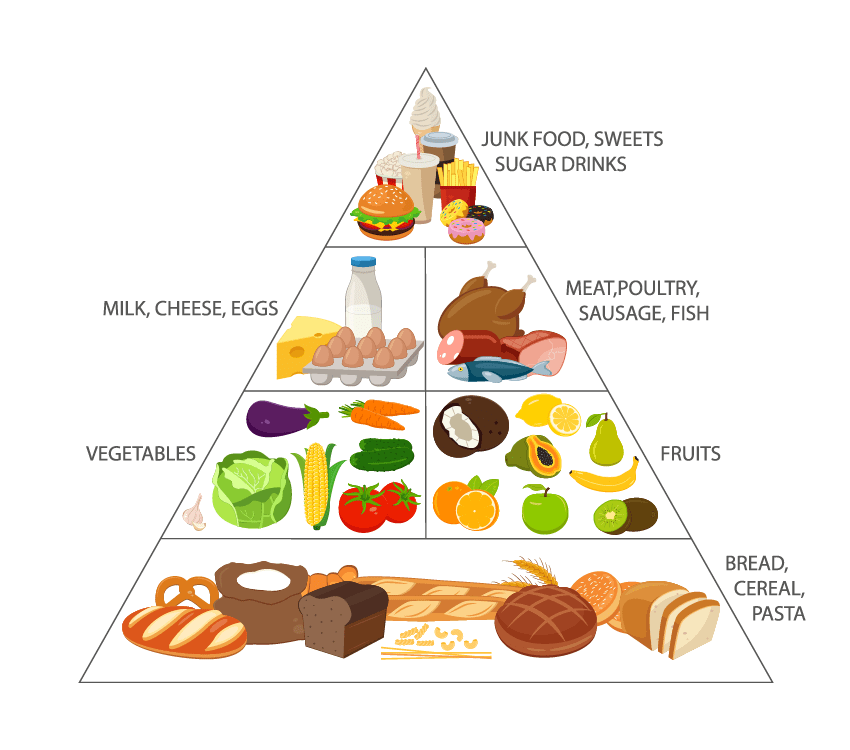
Our system has failed us.
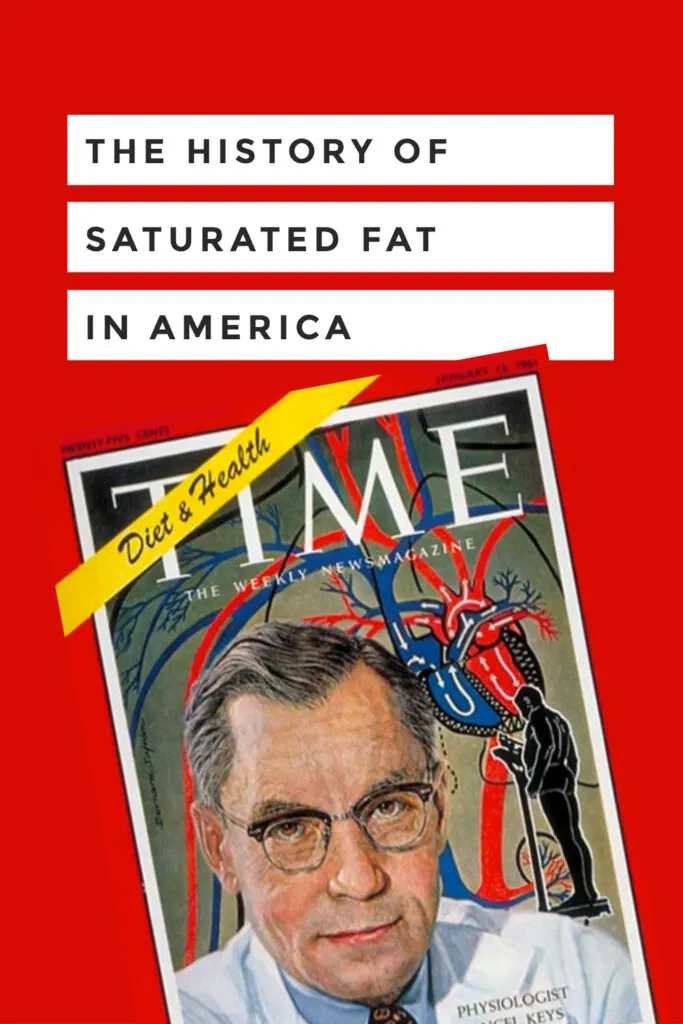

Cheryl Gilmore
Tuesday 21st of June 2022
Ancel Keys is an idiot.
Derrick
Tuesday 17th of May 2022
Nailed it!
S
Friday 8th of April 2022
Turn the food pyramid upside down and rearrange it so proteins and dairy (raw, organic only) are eaten the most along with good fats; then comes very limited fruits and vegetables. Grains and sweets go on the third row and processed foods at the very top to be eaten rarely if ever.